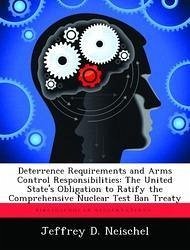Nicht lieferbar

Rangers and the Strategic Requirements for Direct Action Forces
Versandkostenfrei!
Nicht lieferbar
The national security and national military strategies describe the objectives (ends) of U.S. national security policy. Special operations provide ways to achieve these ends, to include direct action. The tools for direct action include small teams and stand-off attacks with precision-guided munitions, among others. This analysis indicates that the achievement of strategic ends also requires a large-scale special operations ground direct action force to accomplish direct action missions beyond the capabilities of other assets. These fall into two groups: strategic raids and "tip of the spear" ...
The national security and national military strategies describe the objectives (ends) of U.S. national security policy. Special operations provide ways to achieve these ends, to include direct action. The tools for direct action include small teams and stand-off attacks with precision-guided munitions, among others. This analysis indicates that the achievement of strategic ends also requires a large-scale special operations ground direct action force to accomplish direct action missions beyond the capabilities of other assets. These fall into two groups: strategic raids and "tip of the spear" forcible entry operations. This study presents a constellation of capabilities that a direct action force must possess in order to accomplish these missions most effectively. Seven of these, derived from principles of special operations, are generic to direct action. The remaining four stem from the current world environment and the situation of the United States. This analysis finds that the 75th Ranger Regiment, the current ground direct action force, has all of these required capabilities. Other potential candidates for such missions, such as other SOF, the 82nd Airborne Division, and Marine Expeditionary Units, do not possess all of the capabilities necessary to maximize the probability for mission accomplishment.












